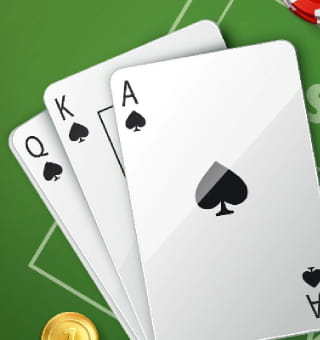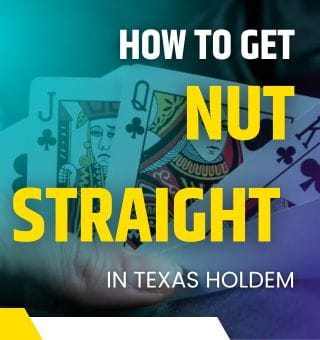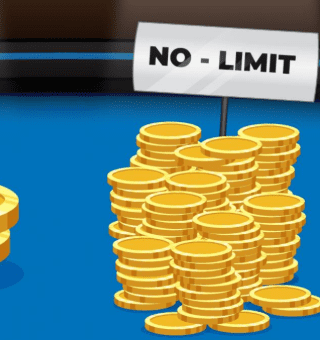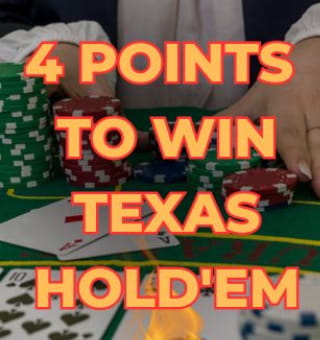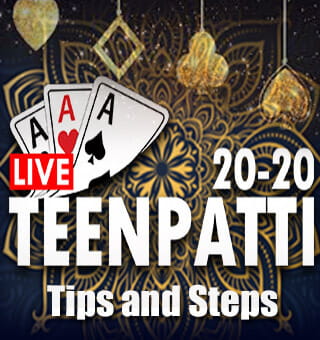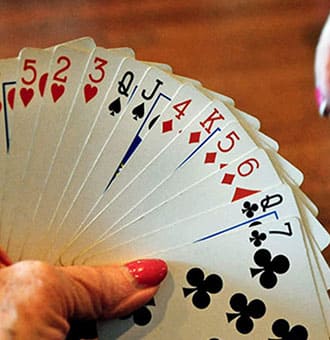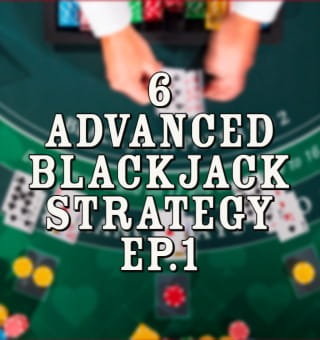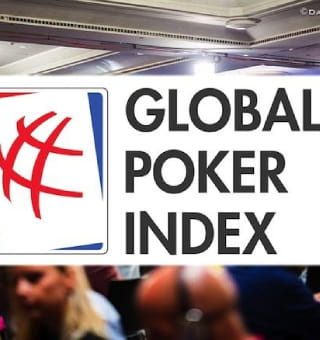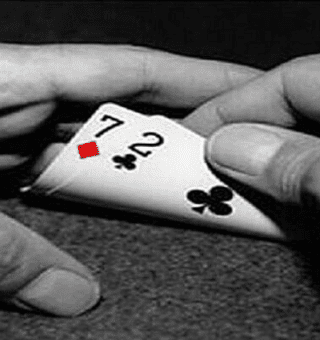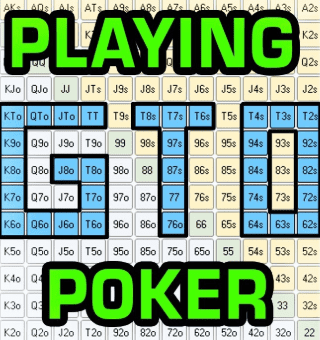
How to Play Exploitative Poker With The Correct Strategy
In recent times, with statistical theory being introduced to poker, two schools of thought have emerged: exploitative poker strategy and Game Theory Optimal (GTO). Today, let's discuss how to play exploitative poker and these two strategies in detail.
How to Play Exploitative Poker Game Introduction
Many friends often ask me, after playing poker for so long, is there a stable way to profit?
I ask them back, if there is, do you think I would tell you? Or even if I did, would you believe me?
In fact, Texas Hold'em is much like investing; it requires making the most optimal decisions based on position and information, in order to progress and optimize based on the situation. Therefore, a profitable Texas Hold'em strategy must also involve calculating probabilities to achieve average profits.
So, the question arises: on average, what is the best Texas Hold'em strategy for profitability? Is it a loose-aggressive (LAG) or tight-aggressive (TAG) strategy?
In recent times, with statistical theory being introduced to poker, two schools of thought have emerged: exploitative poker strategy and Game Theory Optimal (GTO). Today, let's discuss how to play exploitative poker and these two strategies in detail.
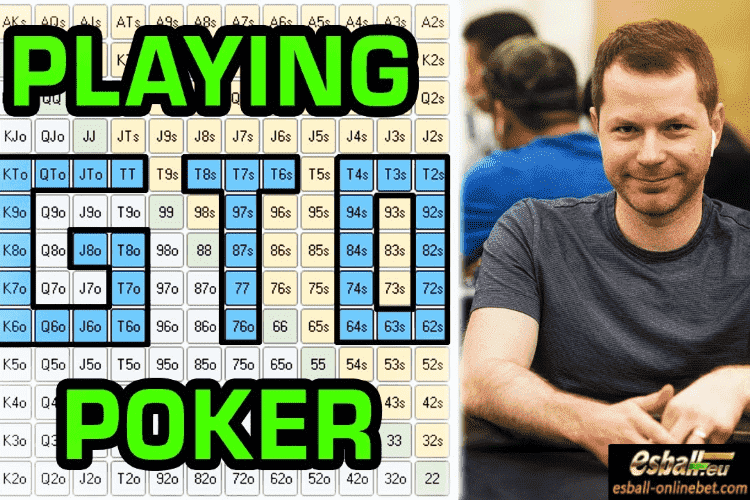
How to Play Exploitative Poker
There are various theories about the origin of exploitative poker strategy, but in practice, it is most suitable for tournament play. This is because early strategies in Texas Hold'em did not focus much on converting tournament chips into reward expected value. However, with the increasing popularity of the Independent Chip Model (ICM), players have gradually realized that achieving high profits in tournaments may not depend solely on hand strength.
The reason why tournament play is most suitable for exploitative poker strategy in Texas Hold'em is because the core concept of exploitative poker strategy is to use balanced ranges to maximize thin value and bluff marginal costs as much as possible. To achieve this, it is necessary to assume that opponents will have a higher fold rate than in normal table conditions.
Example for How to Play Exploitative Poker
In a normal cash game scenario, if we hold KK pre-flop and face a 4-bet all-in from a player with 200 big blinds, we would call 90% of the time unless we have specific information that the opponent won't shove unless they have AA. This is a basic call.
In a tournament scenario, nearing the bubble, if we hold KK with 30 big blinds, and the chip leader 4-bets all-in, with several players shorter-stacked than us (around 5-12 big blinds), we would tend to fold. This is because calling in this situation is not profitable according to our ICM calculations. With the bubble about to burst, meaning someone will be eliminated soon and we will be in the money, we should choose to fold based on survival.
exploitative poker strategy extends from these scenarios and has become a mainstream profitable strategy in offline games. This is because betting sizes can balance the ranges of bettors.
Exploitative Poker Strategy Example Action Sequence
7-handed table, blinds 100/200, UTG+1 raises to 800, Hero has around 300 big blinds, MP calls, Hero 3-bets to 2800 from the Button, SB folds, BB calls, UTG+1 calls, MP folds. Pot is 6700.
Flop: 3♦ 5♠ 7♣
UTG+1 checks, Hero bets 1700, UTG+1 calls. Pot is 10100.
Turn: 6♠
UTG+1 checks, Hero bets 8000, UTG+1 calls. Pot is 26100.
River: 8♥
UTG+1 checks, Hero bets 10000, UTG+1 goes into a long think and shows J♠ J♣.
What do you think UTG+1 is considering with this final bet of less than half the pot based on how to play exploitative poker?
According to the exploitative poker strategy in Texas Hold'em, this final bet of 10000 is designed to balance the range of the bettor. It suggests that UTG+1 likely has a hand like AX of spades or AA/KK/QQ. Since this is a 3-bet pot, the 10000 bet is designed to extract value from hands like overpairs, as the likelihood of UTG+1 having a set of nines is low.
Therefore, in this scenario, with JJ, we can choose to bluff with a blocker to AX of spades. If we decide to bluff-raise all-in, it depends on whether our opponent is willing to call with AA or KK. In other words, because the board favors our range, we might have some hands like 77/88/99, as well as some bluffs that didn't work out, and some overpairs that can be bluffed. This action sequence is an example of how UTG+1 can exploitatively use their range to play.
This concludes our discussion on exploitative poker strategy in Texas Hold'em Poker and how to play exploitative poker. In the next article, we will explain in detail another profitable Texas Hold'em strategy: Game Theory Optimal (GTO) and why it has emerged. See you next time.
? Claim 2025 IPL Free Casino Bonus Now ?
Click the picture to unlock the promotion and receive your exclusive IPL Esball Casino Code Bonus No Deposit!
Don't miss out on your chance to claim up to 50,000 for FREE! Only valid from 4/21! ⏳
Poker Strategy


